

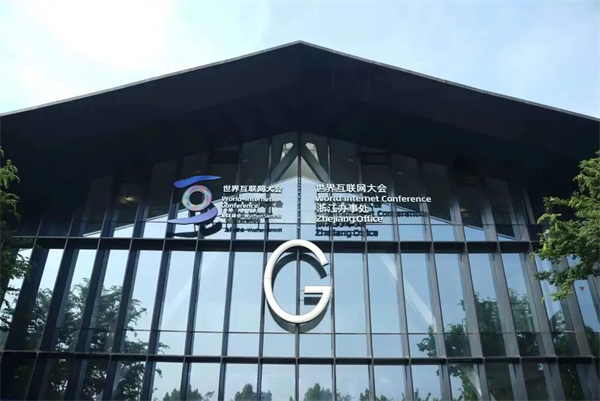
The World Internet Conference Zhejiang Office was officially unveiled on Thursday in Wuzhen, Tongxiang city, East China's Zhejiang province. It's the first representative agency set up by WIC.
In a speech at the office's inauguration, Ren Xianliang, secretary-general of the WIC, said that he expected the office to play a more active role in further promoting the development of the WIC and to function as a bridge for the high-quality development of Zhejiang and local industries.
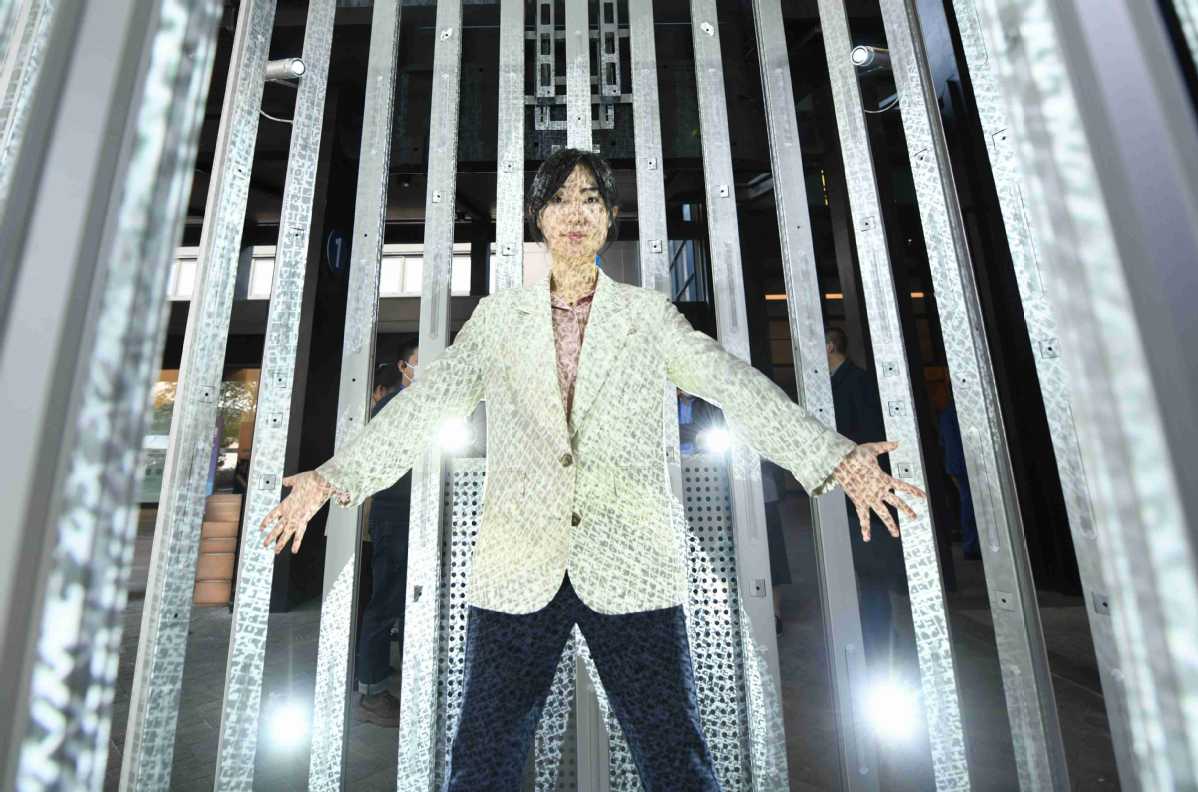
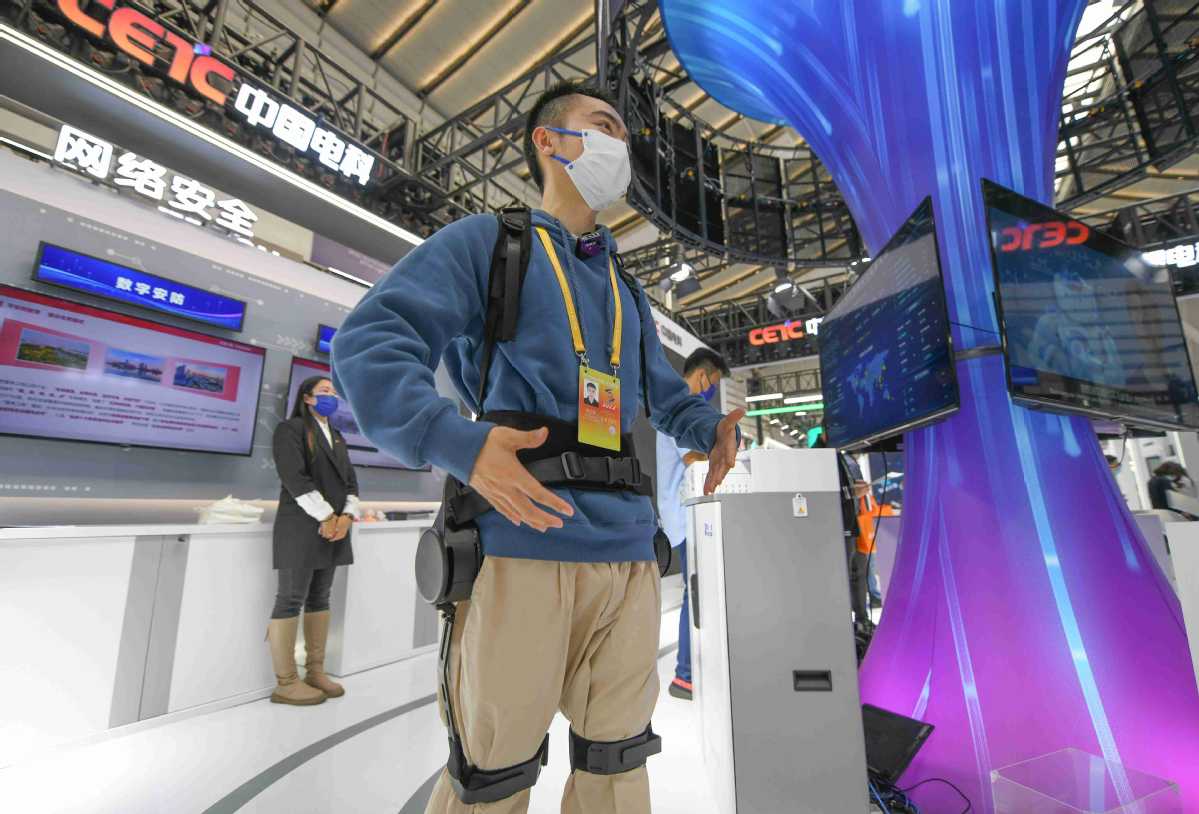

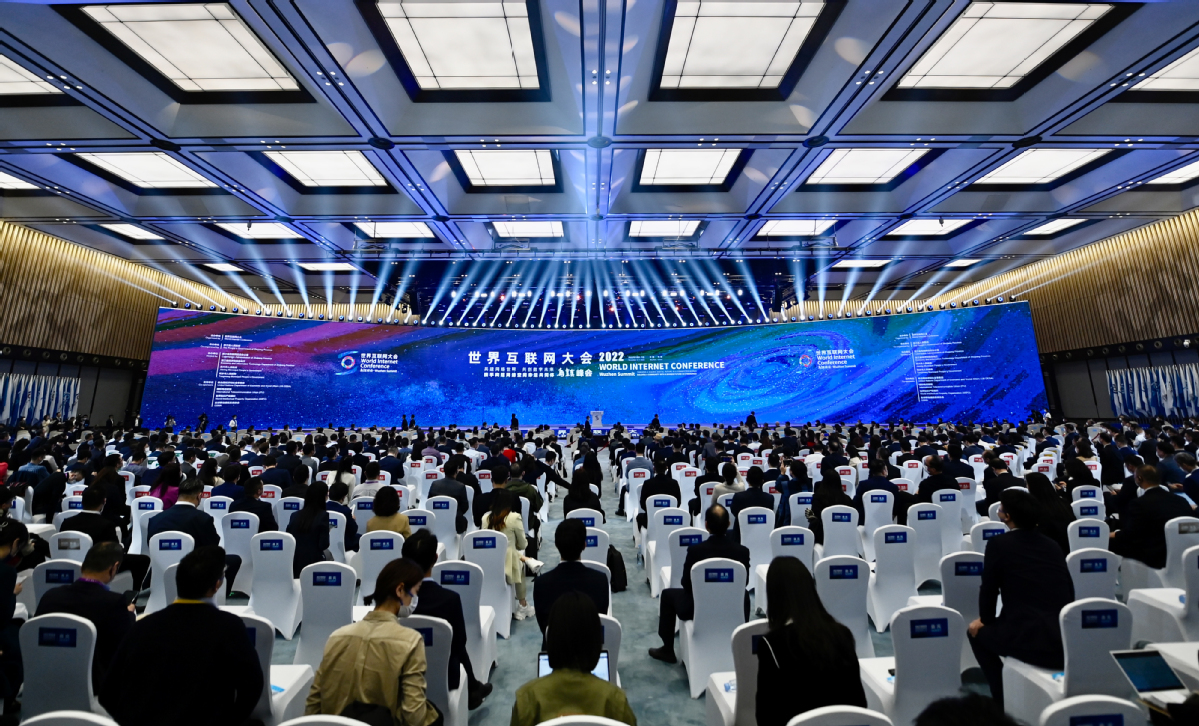
The three-day 2022 World Internet Conference Wuzhen Summit concluded Friday. This year's event is the first annual meeting of the World Internet Conference following the WIC's inauguration as an international organization earlier this year, attracting many officials, researchers and corporate managers in relevant fields from around the world to share their ideas on what the world will look like in a digital era. Let's take a look at what they said during the summit.
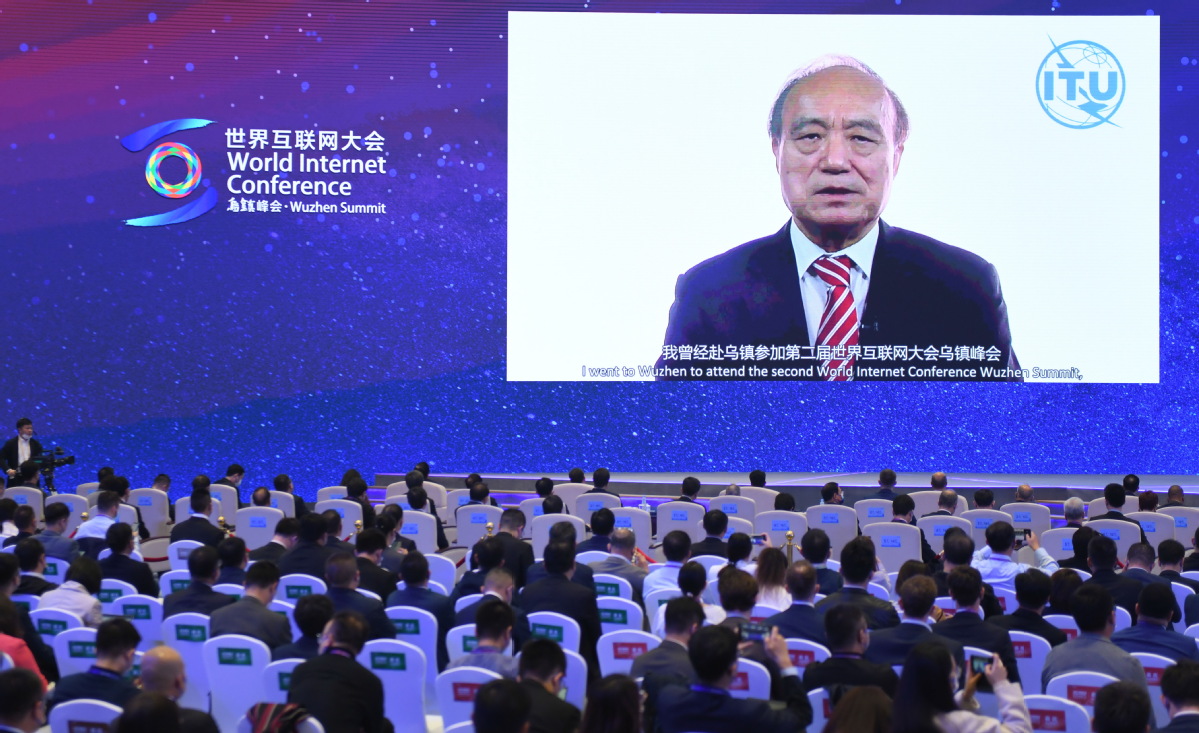

HANGZHOU -- The three-day 2022 World Internet Conference (WIC) Wuzhen Summit that concluded Friday saw the participation, online and offline, of record 2,100 guests from over 120 countries and regions.
The summit has been held for nine consecutive years and this year's event is the first annual meeting of the World Internet Conference following the WIC's inauguration as an international organization earlier this year.
The 2022 World Internet Conference Wuzhen Summit kicked off Wednesday in Wuzhen, East China's Zhejiang province.
Themed "Towards a Shared Digital Future in a Connected World -- Building a Community with a Shared Future in Cyberspace," the three-day event has brought together more than 2,000 representatives, including government officials, business leaders and think tank professionals, from over 120 countries and regions.
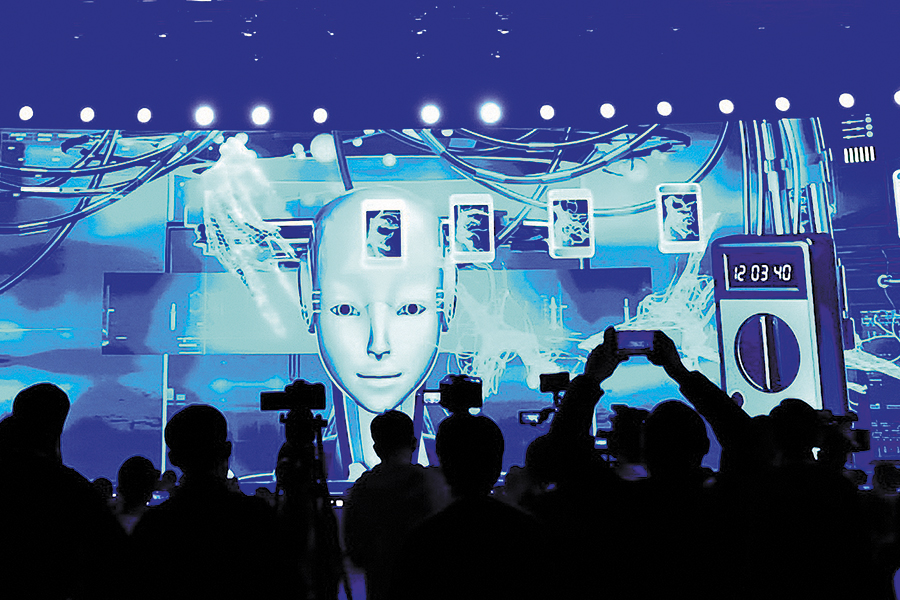
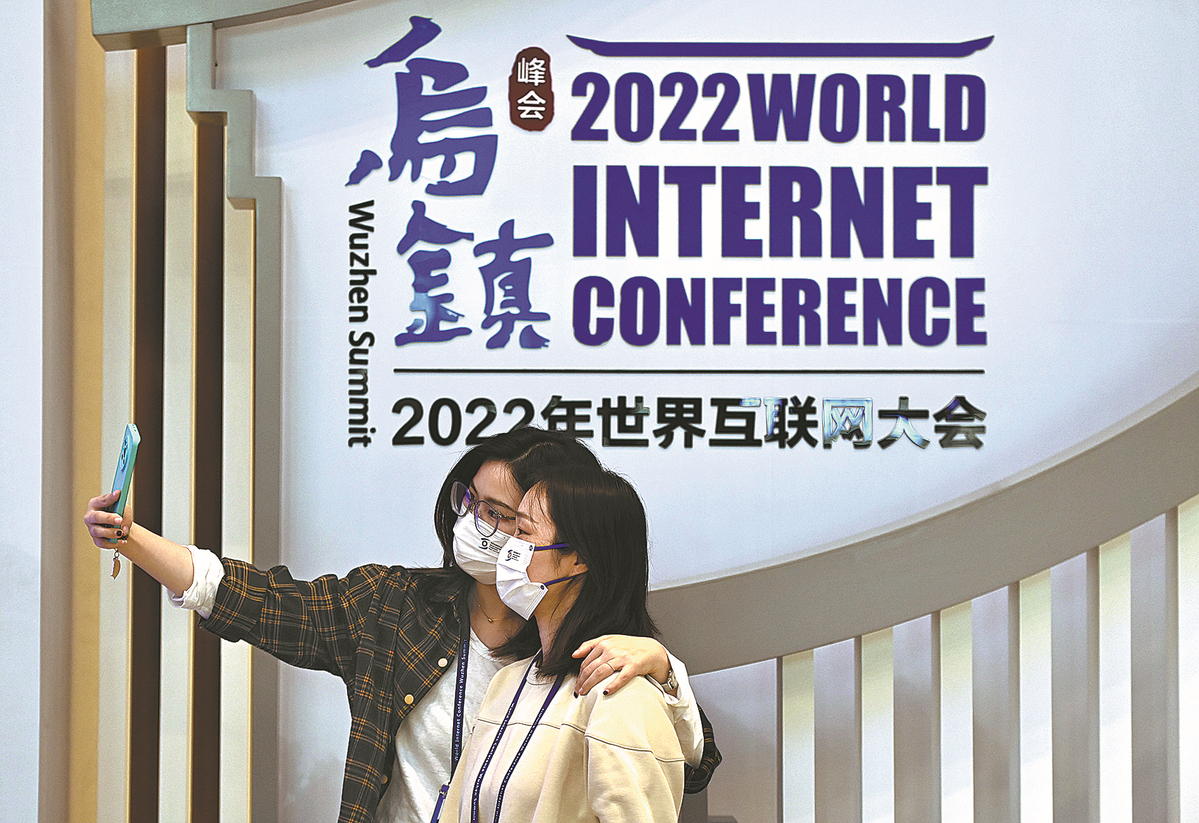
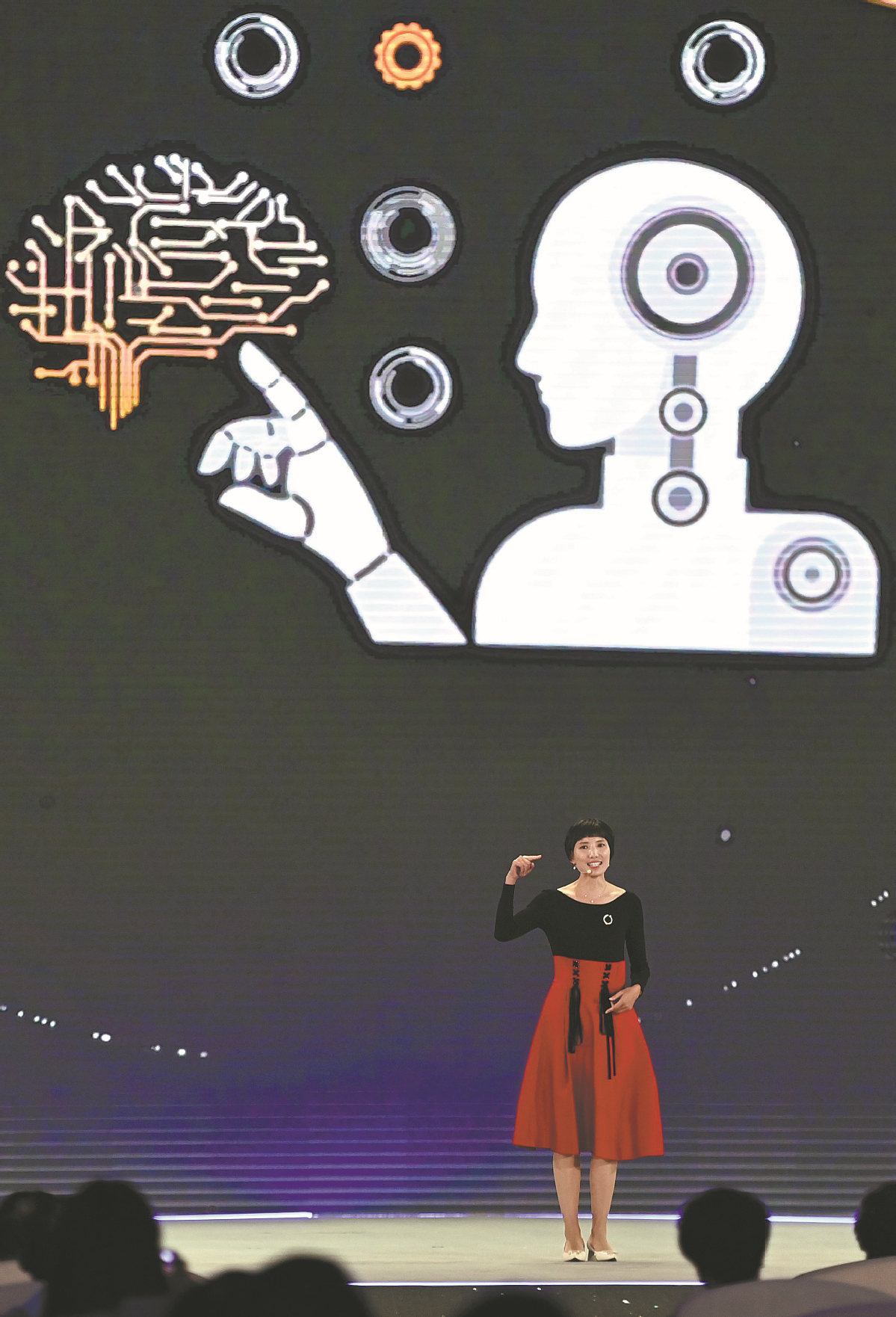
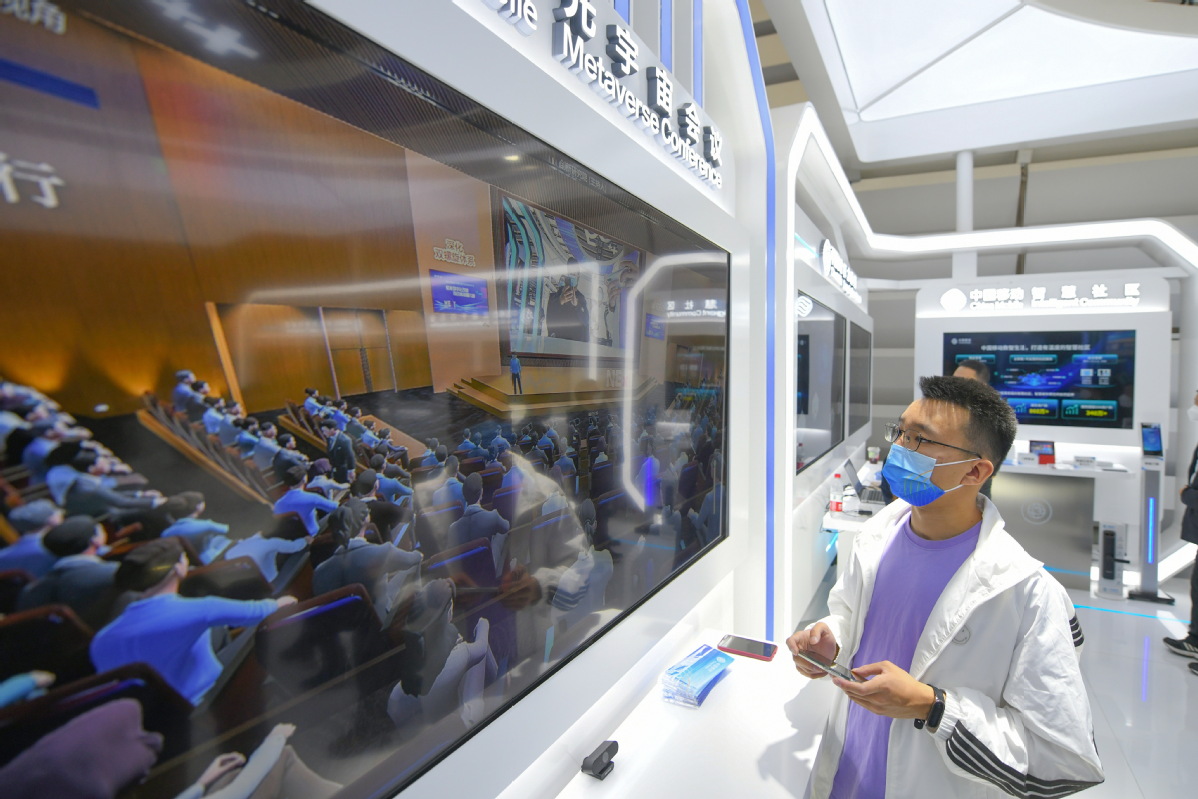
Buoyed by an uptrend in digitalization in China in recent years, and applications in various fields of digital solutions during the COVID-19 pandemic, the country is stepping up its building of a more digitalized society, with opportunities surging in the domestic market, said government officials and business leaders during the World Internet Conference Wuzhen Summit in Zhejiang province on Thursday.
The East China province has widely utilized digital technologies to contain the COVID-19 pandemic. In the past three years, more than 600 new public healthcare projects supported by digital solutions have been launched.

US electric vehicle maker Tesla said on Thursday it will double down on its investment in, and future plans for, the China market, the world's biggest for EVs.
In remarks made at the 2022 World Internet Conference Wuzhen Summit, Tesla said it will further tap into the burgeoning EV business and strengthen efforts to promote the transition to clean energy globally.
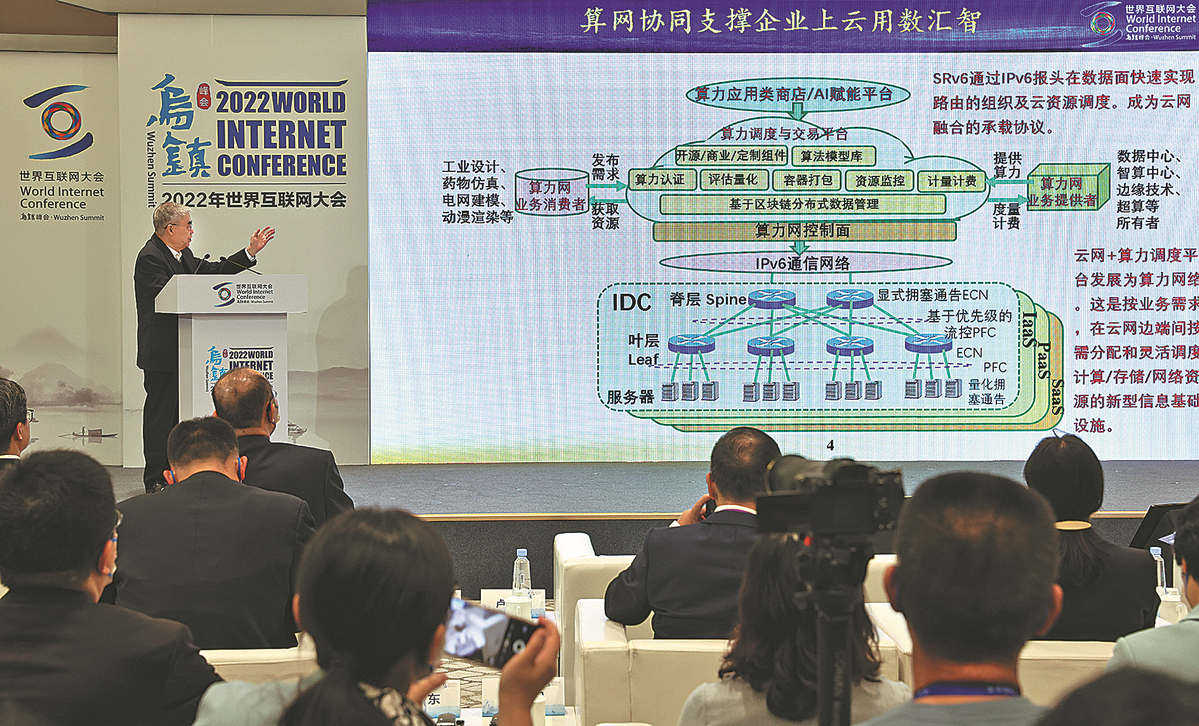
China will accelerate the construction of digital infrastructure as part of its overall efforts to build itself into a manufacturing powerhouse, a digital China with a smart society, a senior official said on Thursday.
Zhang Yunming, vice-minister of the Ministry of Industry and Information Technology, the nation's top industry regulator, said China has made remarkable progress in the construction of digital infrastructure in recent years.

Monitoring real-time status of network to aid users
Ericsson (China) Communications Co Ltd
From next-generation internet protocols and smart logistics to clean energy and cultural relics, WIC highlights exemplary cases of innovation in the building of a shared online community
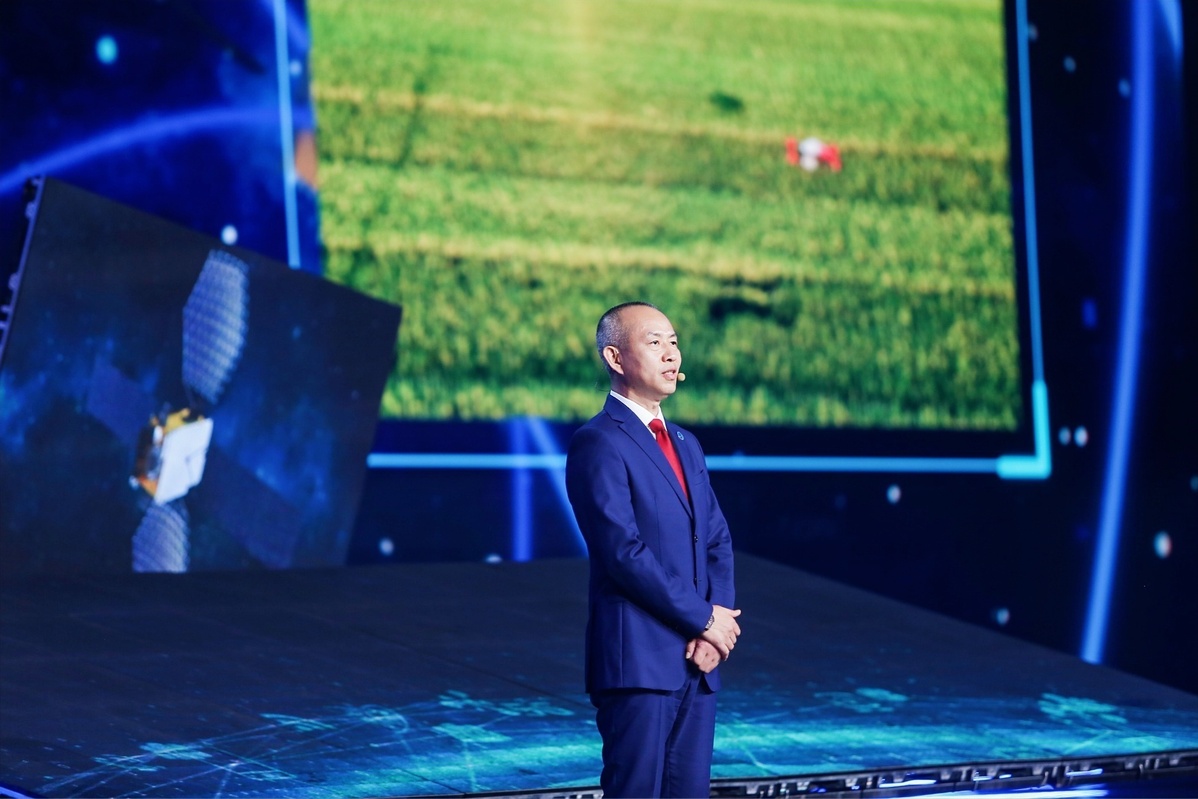
BeiDou Navigation Satellite System

Greater efforts are needed to make artificial intelligence safe for human society — and regulators over the world must set ethical boundaries before AI technologies and algorithms make further advances, industry experts said on Thursday.
"A knife can be used for chopping food ingredients, but it can also be used to kill people. Ideally, we should develop AI into a sharp knife that can be a practical tool for human beings but will never harm us," said Zhu Shiqiang, director of Zhejiang Lab and deputy president of the Artificial Intelligence Industry Alliance, at a forum on AI and digital ethics at the 2022 World Internet Conference Wuzhen Summit.
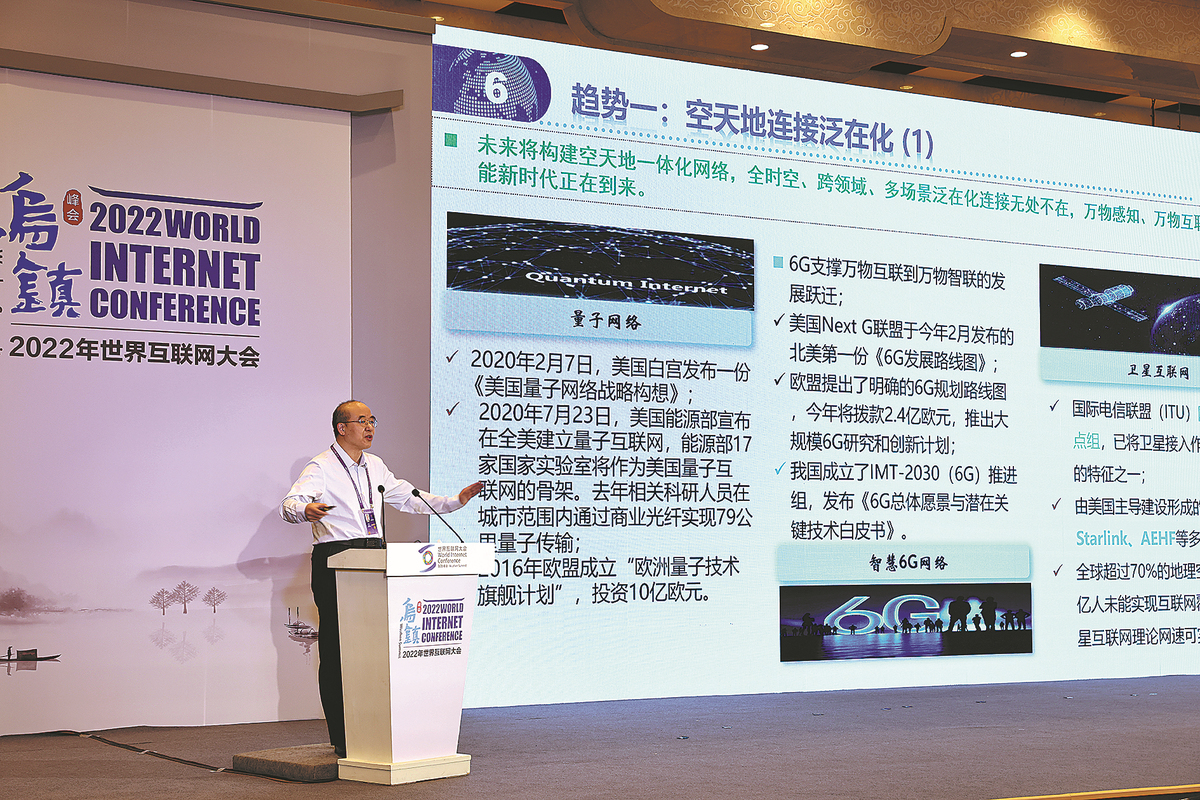
Official: More efforts needed to augment intl exchanges, innovation capacities
The digital economy is playing an increasingly important role in accelerating the digital transformation and upgrading of industries, and bolstering China's high-quality economic development, said officials and company executives at a forum on Thursday during the 2022 World Internet Conference Wuzhen Summit.
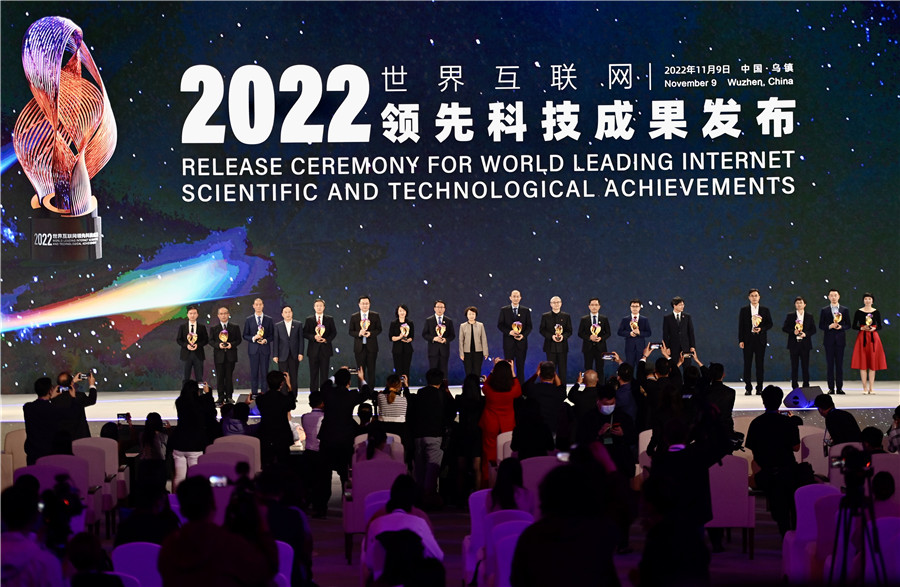
Fifteen cutting-edge scientific and technological achievements made by world-leading internet giants from China and abroad were unveiled at the event dubbed "the Oscars for the industry" at the 2022 World Internet Conference Wuzhen Summit on Nov 9 in East China's Zhejiang province.
The achievements cover basic theories, technologies, products and business models on internet, which were chosen from 257 domestic and international applications.

A seminar on co-building digital civilization in the Yangtze River Delta region kicked off at the 2022 World Internet Conference Wuzhen Summit on Wednesday in East China's Zhejiang province. The Yangtze River Delta region is an economic powerhouse of modern China, which encompasses the metropolis of Shanghai and the provinces of Jiangsu, Zhejiang and Anhui.
During the seminar, the Digital Yangtze River Delta Alliance was established to promote the integration of the region in various digital fields.

New tech gadgets bring warmth to human life as showcased at the Light of Internet Expo, an event of the 2022 World Internet Conference Wuzhen Summit, in Wuzhen, Zhejiang province.
People can see a smart helmet used to protect riders, a bionic hand and an exoskeleton robot for physically challenged people at the Light of Internet Expo.

Fifteen cutting-edge scientific and technological achievements made by world-leading internet giants from China and abroad were unveiled at the event dubbed the Oscars for the industry at the 2022 World Internet Conference Wuzhen Summit on Wednesday in East China's Zhejiang province.
This year's significant innovations and the summit's pledge to unswervingly present, exchange and promote the latest global technologies have been highly appreciated by experts worldwide and audiences, the event's organizers said.




China's BeiDou Navigation Satellite System (BDS) will be further developed and feature better compatibility and interoperability coordination with the world's other navigation systems, including the GPS system of the United States, Russia's GLONASS system and the Galileo system of the European Union, an official said during the World Internet Conference Wuzhen Summit in Zhejiang province on Wednesday.
BDS operators will regard bilateral and multilateral cooperation with other systems in the application sectors as an important matter, continue to promote the implementation of some application demonstration projects overseas and practically push forward its international applications, Ran Chengqi, director general of China Satellite Navigation Office, said at a forum during the summit.
